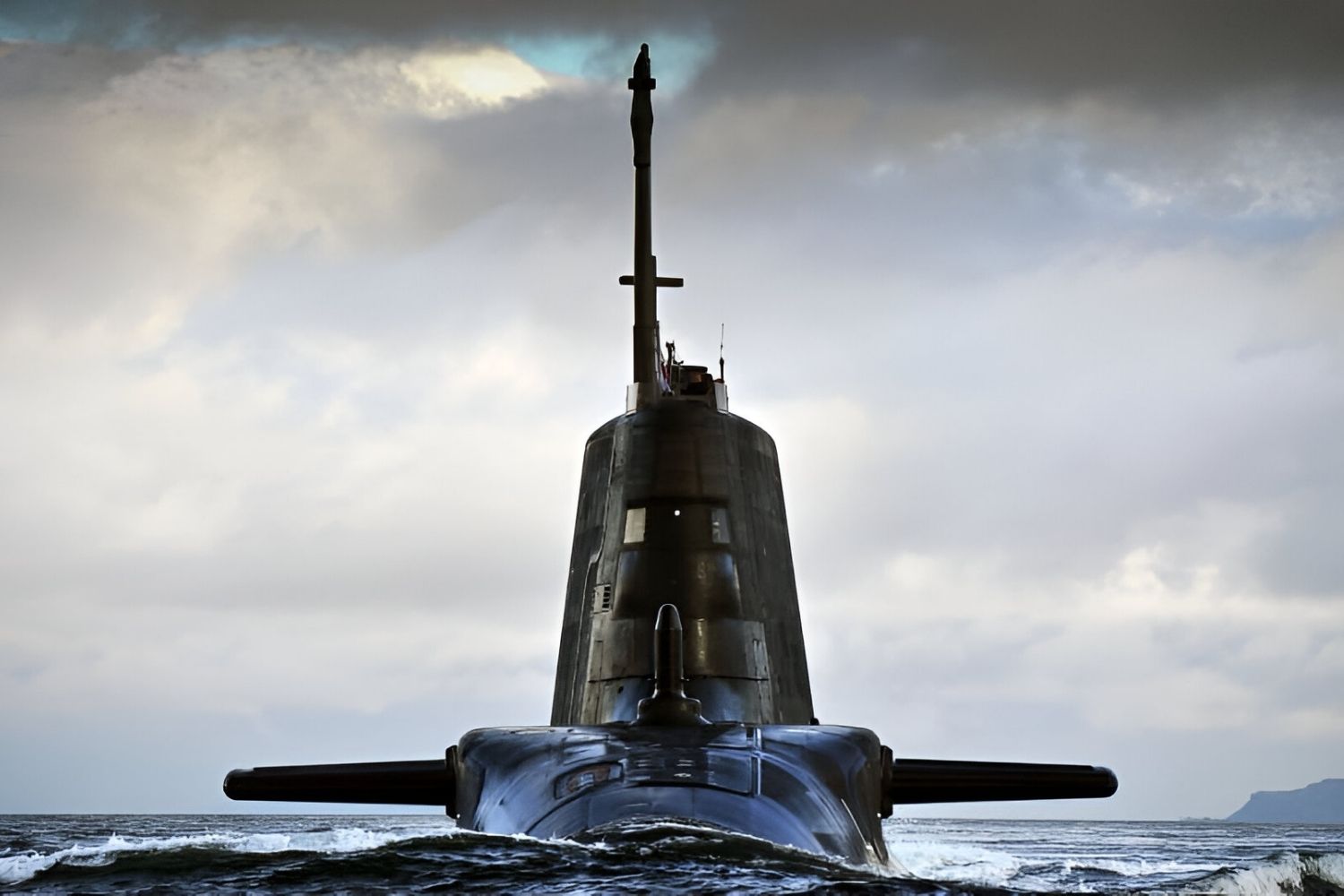Secrets Of Submariners: Hidden Cold War Underwater Listening Posts

Ever wondered how submariners kept tabs on enemy movements during the Cold War? The answer lies in underwater listening posts. These secret installations played a crucial role in naval intelligence. Hidden deep beneath the ocean's surface, they detected the faintest sounds of enemy submarines. The technology used was cutting-edge for its time, allowing nations to monitor each other without detection. These listening posts were often located in strategic spots, making them vital assets in the silent underwater chess game. Understanding their operation gives us a glimpse into the high-stakes world of Cold War espionage. Dive into the secrets of these underwater sentinels and discover their impact on history.
Secrets of Submariners: Hidden Cold War Underwater Listening Posts
During the Cold War, underwater listening posts played a crucial role in naval intelligence. These secretive installations helped monitor submarine movements and gather valuable data. Let's dive into some of the most fascinating hidden underwater listening posts from that era.
The SOSUS Network
The Sound Surveillance System (SOSUS) was a network of underwater listening posts designed to detect Soviet submarines. This system spanned vast areas of the ocean, providing critical information to the U.S. Navy.
Argentia, Newfoundland
Located in Canada, this station was one of the first SOSUS arrays. It monitored the North Atlantic, a key area for tracking Soviet subs.Cape Hatteras, North Carolina
This site played a vital role in detecting submarines entering the Atlantic from the Arctic.San Nicolas Island, California
Positioned in the Pacific, it helped monitor Soviet submarine activity near the U.S. West Coast.
The UK's Underwater Ears
The United Kingdom also had its share of underwater listening posts. These installations were crucial for monitoring Soviet naval activities in the North Atlantic and beyond.
St. Mawgan, Cornwall
This listening post was strategically placed to monitor submarine movements in the North Atlantic.Lerwick, Shetland Islands
Located in Scotland, it provided valuable data on Soviet subs operating in the Norwegian Sea.
The Mediterranean Watch
The Mediterranean Sea was another hotspot for submarine activity during the Cold War. Several listening posts were established to keep an ear on Soviet movements in this region.
Crete, Greece
This site was crucial for monitoring Soviet submarines entering the Mediterranean through the Bosporus Strait.Sardinia, Italy
Positioned in the central Mediterranean, it helped track submarine movements between the eastern and western parts of the sea.
The Pacific Front
The Pacific Ocean was a vast battleground for submarine warfare. Underwater listening posts were essential for keeping tabs on Soviet subs in this expansive region.
Guam
This strategic location provided coverage for the western Pacific, a key area for Soviet submarine operations.Midway Atoll
Positioned in the central Pacific, it helped monitor submarine movements between Asia and North America.
The Arctic Circle
The Arctic was a critical area for submarine operations due to its strategic location. Listening posts in this region played a vital role in tracking Soviet subs.
Adak, Alaska
This site monitored submarine activity in the Bering Sea and the Arctic Ocean.Thule, Greenland
Positioned in the high Arctic, it provided crucial data on Soviet subs operating under the polar ice cap.
The Legacy of Underwater Listening Posts
Underwater listening posts played a crucial role during the Cold War. These hidden installations helped monitor submarine movements, gather intelligence, and maintain a strategic advantage. The technology and methods developed for these posts have influenced modern naval operations and underwater surveillance.
Today, the legacy of these listening posts continues. They paved the way for advancements in underwater acoustics and sonar technology. Modern navies still rely on similar systems to protect national security and monitor oceanic activities.
Understanding the history of these listening posts offers insight into the complexities of Cold War espionage. It also highlights the importance of technological innovation in maintaining global security. The secrets of submariners and their underwater listening posts remain a fascinating chapter in military history, showcasing the ingenuity and determination of those who operated beneath the waves.

